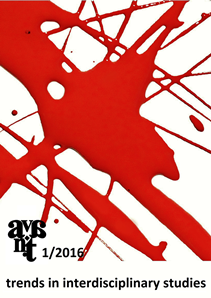Linda Hutcheon’s Theory of Parody and Its Application to Postmodern Music
Linda Hutcheon’s Theory of Parody and Its Application to Postmodern Music
Author(s): Violetta KostkaSubject(s): Fine Arts / Performing Arts, Music
Published by: Ośrodek Badań Filozoficznych
Keywords: intertextuality; parody; Linda Hutcheon; musical parody; Paweł Szymański; two-level music
Summary/Abstract: Parody—a particular case of intertextuality—is an important term for scientists interested in modern and postmodern art. Linda Hutcheon stated that 20th century parody, to be found in every kind of art, is a repetition with critical difference. It is composed of two structural levels, of which the first one is an authority, the second—a transgression of the authority. Its entire act of enunciation includes also a pragmatic frame, i.e. the intent of parody, which spreads from comedy through neutrality to seriousness. From the author’s point of view, the compositions of Paweł Szymański (born in 1954) are interesting examples of musical parodies from the last decades. Among them are the second study from Two Studies for piano (1986) and Through the Looking Glass…I for chamber orchestra (1987). Both these pieces are two-level and algorithmic music. The parodied texts consist of basic determinants of the baroque style, such as regular semiquaver rhythm and tonal configurations, expressed either by melody or by harmony. The parodying texts, which we hear, are certain mixtures of baroque and contemporary elements. Besides motoric rhythm and tonal melody or harmony, there are post-tonal fragments, a new timbre, spaciousness, fragmentation, new kinds of articulation and schematic dynamics. Taking the issue of ethos into consideration, Szymański’s parodies are serious, since baroque texts are treated as authorities.
Journal: AVANT. Pismo Awangardy Filozoficzno-Naukowej
- Issue Year: 2016
- Issue No: 1
- Page Range: 67-73
- Page Count: 7
- Language: English

